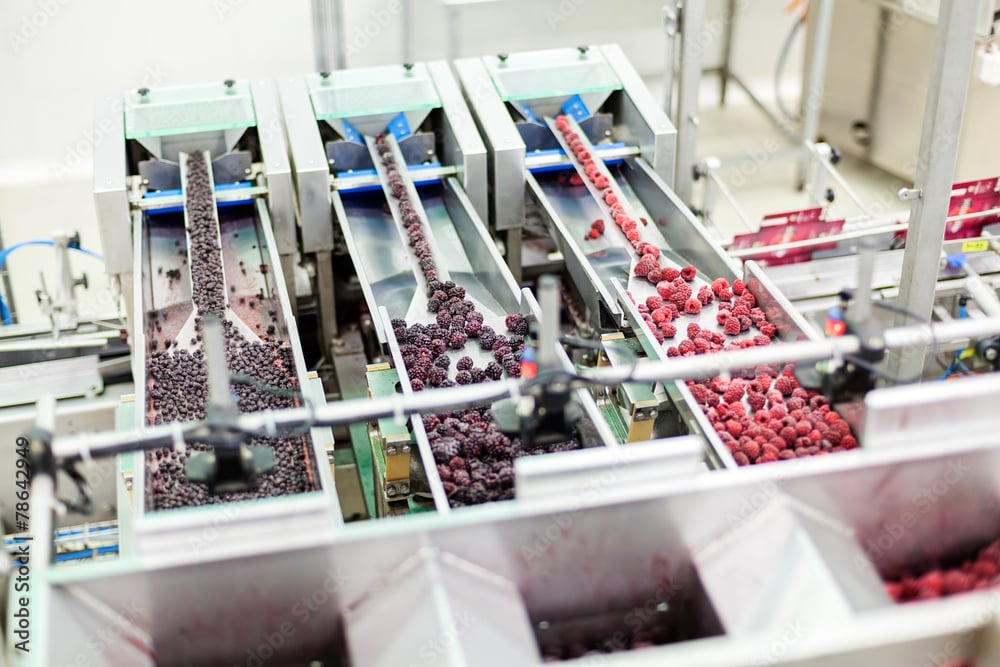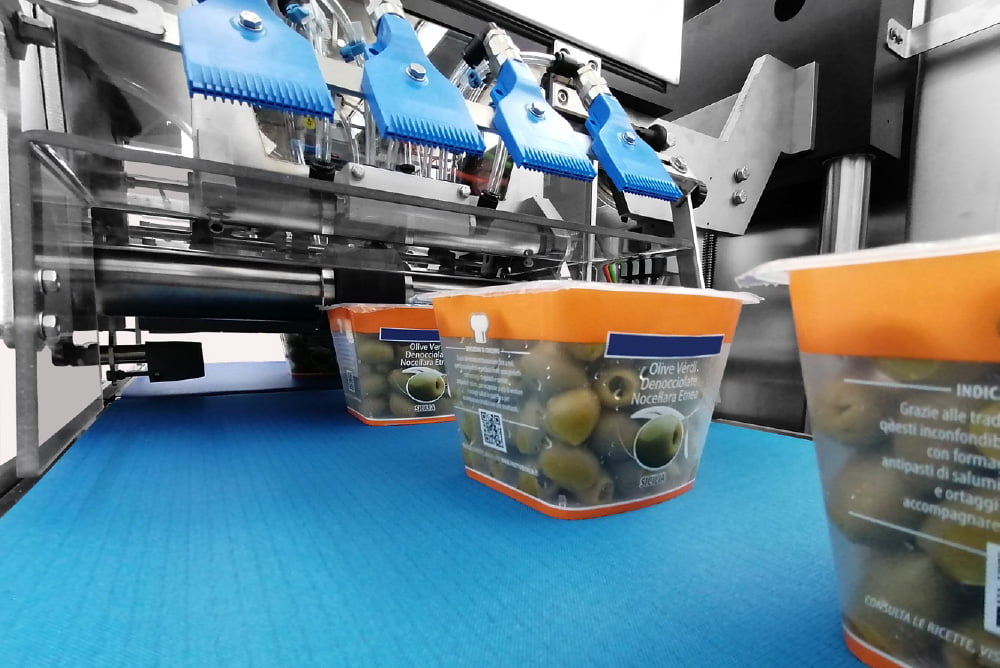Condiments are an essential part of British cuisine, enhancing the flavour of dishes and adding that extra zing to your favourite meals. From classic ketchup and mustard to more exotic chutneys and sauces, the UK's condiment market has seen remarkable growth over the years. With an increasing demand for these flavourful additions, it's essential for the food processing industry to keep up with production efficiency and quality. Automation is the key to meeting these demands, and in this blog, we will explore how the UK's condiment industry is embracing automation to streamline production.
The Growing Appetite for Condiments in the UK
The love for condiments in the UK is undeniable. In fact, the British consume an impressive amount of condiments each year. According to recent statistics, the UK condiment market was valued at over £1.3 billion in 2021, with an annual growth rate of 4.3% over the past five years. With these figures in mind, it's clear that condiments are not just a sidekick but an integral part of the British culinary experience.
One of the key reasons behind this growth is the ever-increasing diversity of condiment options. Consumers in the UK now have access to a wide variety of choices, ranging from traditional sauces like HP and Heinz ketchup to more exotic flavours inspired by international cuisines. This diversity has driven the need for production lines to be adaptable and efficient, which is where automation comes into play.
The Role of Automation in Condiment Production
Automation has become the cornerstone of modern condiment production in the UK. It brings a multitude of benefits, such as increased production speed, reduced labour costs, and enhanced quality control. Let's take a closer look at the various aspects of automation that make it indispensable in the condiment industry.

One of the critical advantages of automation is its ability to ensure precision and consistency in every batch of condiments produced. Automated systems can accurately measure and mix ingredients, resulting in a uniform product every time. This level of consistency is crucial in maintaining the flavour profile that consumers have come to expect from their favourite condiments.
The need for precision is particularly evident in the production of sauces and dressings. For instance, mayonnaise production involves emulsifying oil, egg yolk, and vinegar, and even minor deviations in ingredient proportions can lead to an inconsistent texture or flavour. Automation systems can maintain the exact ratios required for a perfect batch, ensuring that consumers get the quality they desire.
Increased Production Speed:Automation significantly boosts production speed in the condiment industry. A manual process, especially for large-scale production, can be time-consuming and labour-intensive. With automated machinery, condiment manufacturers can increase their output, meeting the growing market demand. A prime example of this is the manufacturing of tomato ketchup.
In the UK, ketchup consumption has been on the rise, with each person consuming, on average, over 2.5 kilograms annually. To keep up with this demand, automated production lines can efficiently process, cook, and package vast quantities of tomatoes, vinegar, sugar, and spices. As a result, condiment companies can maintain a competitive edge in the market while keeping their customers satisfied.
Quality Control and Food Safety:Ensuring food safety and quality control is paramount in the food processing industry. Automation offers a level of control and monitoring that is challenging to achieve manually. Automated systems can provide real-time data on factors like temperature, pH, and consistency, allowing manufacturers to make immediate adjustments when necessary.
The condiment industry is under stringent regulations, and automation helps ensure compliance with these regulations. For example, when producing mayonnaise or salad dressings, automated systems can monitor and record the pasteurization process, ensuring that the product is safe for consumption. This level of control is critical in preventing foodborne illnesses and maintaining the trust of consumers.

Cost-Efficiency in Condiment Production
Efficiency and cost-effectiveness are essential in the food processing industry, and automation can significantly contribute to achieving these goals. Let's explore how automation impacts the financial aspects of condiment production.
Labor Savings:Automation reduces the need for manual labour, resulting in substantial cost savings for manufacturers. In the UK, where labour costs are relatively high, this is a critical advantage. Automated systems can handle tasks that would otherwise require numerous workers, such as ingredient mixing, filling and capping bottles, and labelling. With fewer labour expenses, manufacturers can allocate resources to other aspects of their business, such as research and development or marketing.
Reduced Ingredient Waste:Precise ingredient measurements and consistent product quality achieved through automation translate into reduced ingredient waste. Manual operations can lead to spillage, incorrect measurements, and overall inefficiency, which can increase the cost of production. Automation minimizes these issues, ensuring that every ingredient is used efficiently, ultimately reducing the overall cost of production.
Sustainable Practices:Efficiency through automation not only benefits a manufacturer's bottom line but also promotes sustainable practices. Many automated systems are designed to minimize resource consumption, such as water and energy. This aligns with the growing consumer preference for eco-friendly and sustainable products. Manufacturers who adopt automation can improve their sustainability efforts, contributing to a positive brand image and market competitiveness.

The Future of Condiment Production in the UK
As the demand for condiments in the UK continues to grow, it is evident that automation will play an increasingly vital role in the industry. The combination of precision, speed, and cost-efficiency offered by automated systems makes them essential for staying competitive in this market. Manufacturers are also likely to explore further automation technologies in the future, such as artificial intelligence and robotics. These advancements could bring even more significant improvements to the production process, reducing the margin for error and increasing the ability to respond to market demands quickly.
In conclusion, the condiment industry in the UK is thriving, and automation is the key to ensuring efficient and cost-effective production. From the precision and consistency it offers to the cost savings and sustainability benefits, automation is revolutionizing the way condiments are made. As consumer preferences evolve and demand continues to rise, condiment manufacturers will rely on automation to meet these challenges and provide the high-quality products that British consumers love. Embracing automation today will position condiment producers for a prosperous future in the dynamic UK market.
